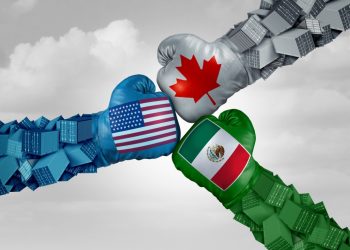 I recently fielded this question from a colleague who had unwittingly left the previous night’s leftovers in her Honda CR-V. Relax, I told her, the temperature in your car last night was pretty much the same as in your fridge.
I recently fielded this question from a colleague who had unwittingly left the previous night’s leftovers in her Honda CR-V. Relax, I told her, the temperature in your car last night was pretty much the same as in your fridge.
Refrigerators should be set to about 37 degrees and so this advice only holds true in the late fall, early spring and during unseasonably warm winter spells where the temperature hovers between 33 and 40 degrees, the FDA’s recommended range. If you leave food outside and the temperature drops below freezing, the food will still be safe to eat, but the texture may suffer after it has thawed and been reheated.
When the weather cooperates, I often keep dinner leftovers in the car on purpose — less chance that I’ll forget to bring them to the office the next morning for my lunch. And every Thanksgiving I give thanks that we celebrate this holiday in late November, when the temperature is frequently in that cool, sweet spot. This means that instead of taking up your entire refrigerator, your turkey can sit (or brine) in the garage, which is also a fine place to chill wine and beer.
It’s easy to tell if your refrigerator is too cold — the juice will begin to freeze — but not so easy to know if it’s too warm. Most refrigerator and freezer temperature control dials are calibrated by number (e.g. 1 to 5) or description (coldest to cool) but not by degrees Fahrenheit or centigrade. It’s a good idea to buy a special thermometer (available for well under $10) to check that your refrigerator is humming along at about 37 degrees, and your freezer at about 0 degrees. It can really make a difference in how long your food stays fresh.
Another thought: How safe is microwave-safe plastic?
According to the Harvard Medical School Family Health Guide, some plastics, when heated, may release potentially harmful “plasticizers” into food. But the FDA “closely regulates plastic containers and materials that come into contact with food … requires that manufacturers test these containers and that those tests meet FDA standards and specifications.” That’s what the “microwave safe” label signifies.
Personally, I rarely use plastic containers in the microwave. It’s not my safety that concerns me; it’s the plastic container’s. After a while, some of them tend to warp, and just try getting them clean after you’ve reheated tomato sauce.
©2013 Newsday
Distributed by MCT Information Services










